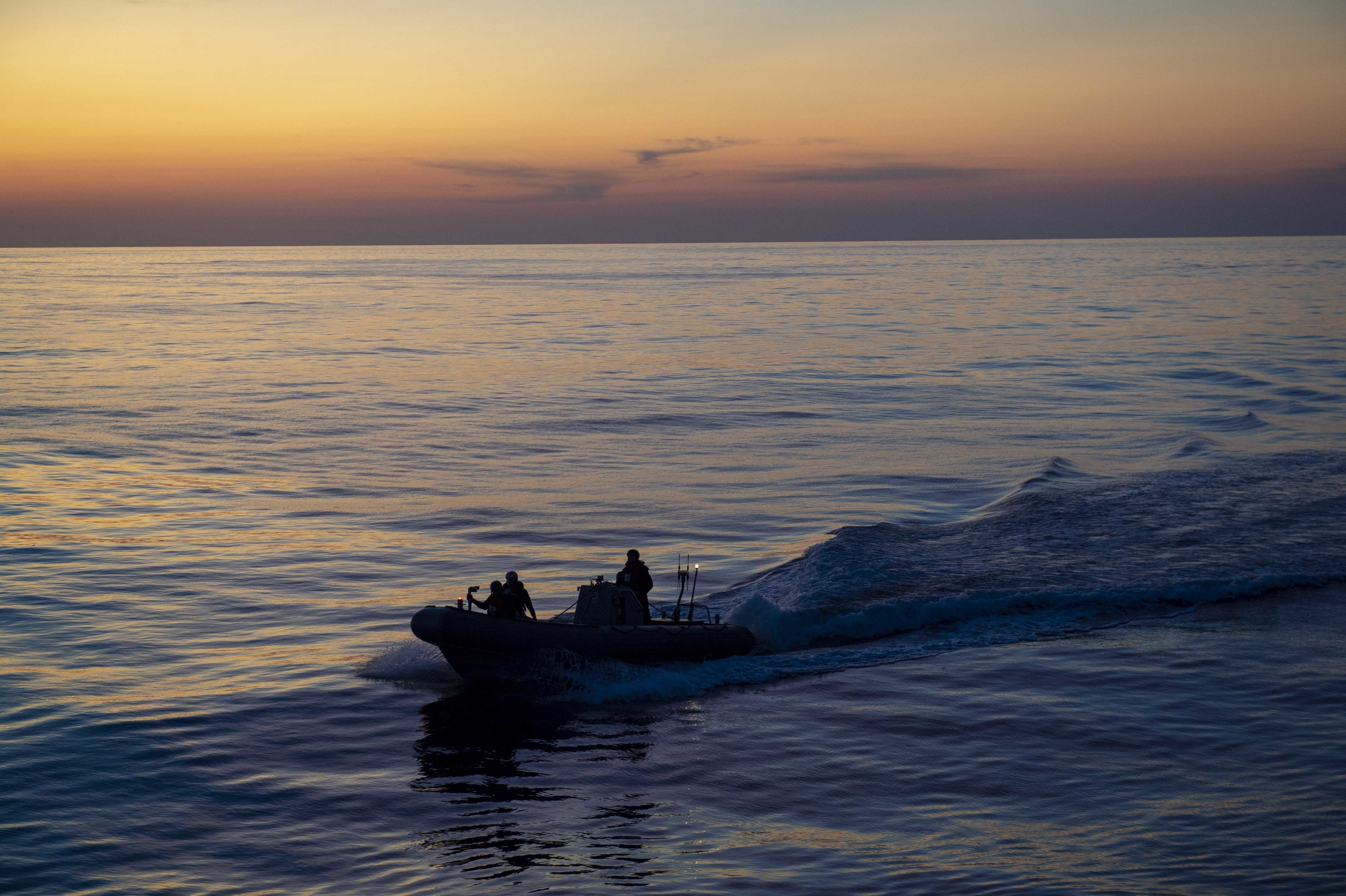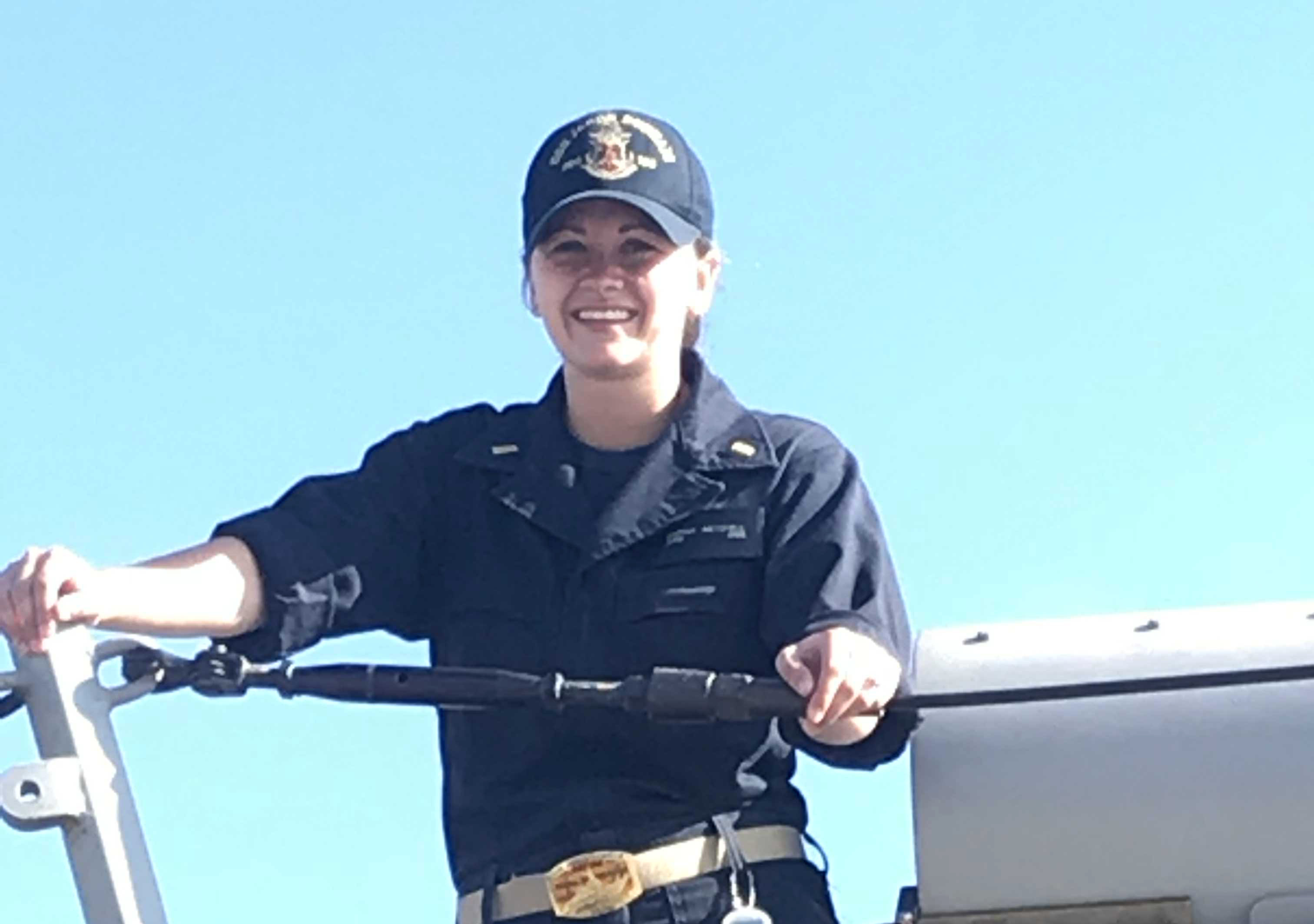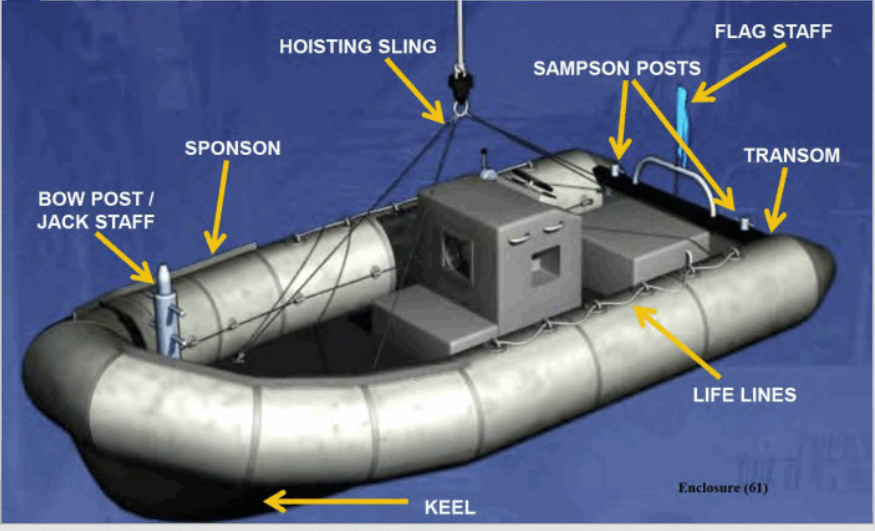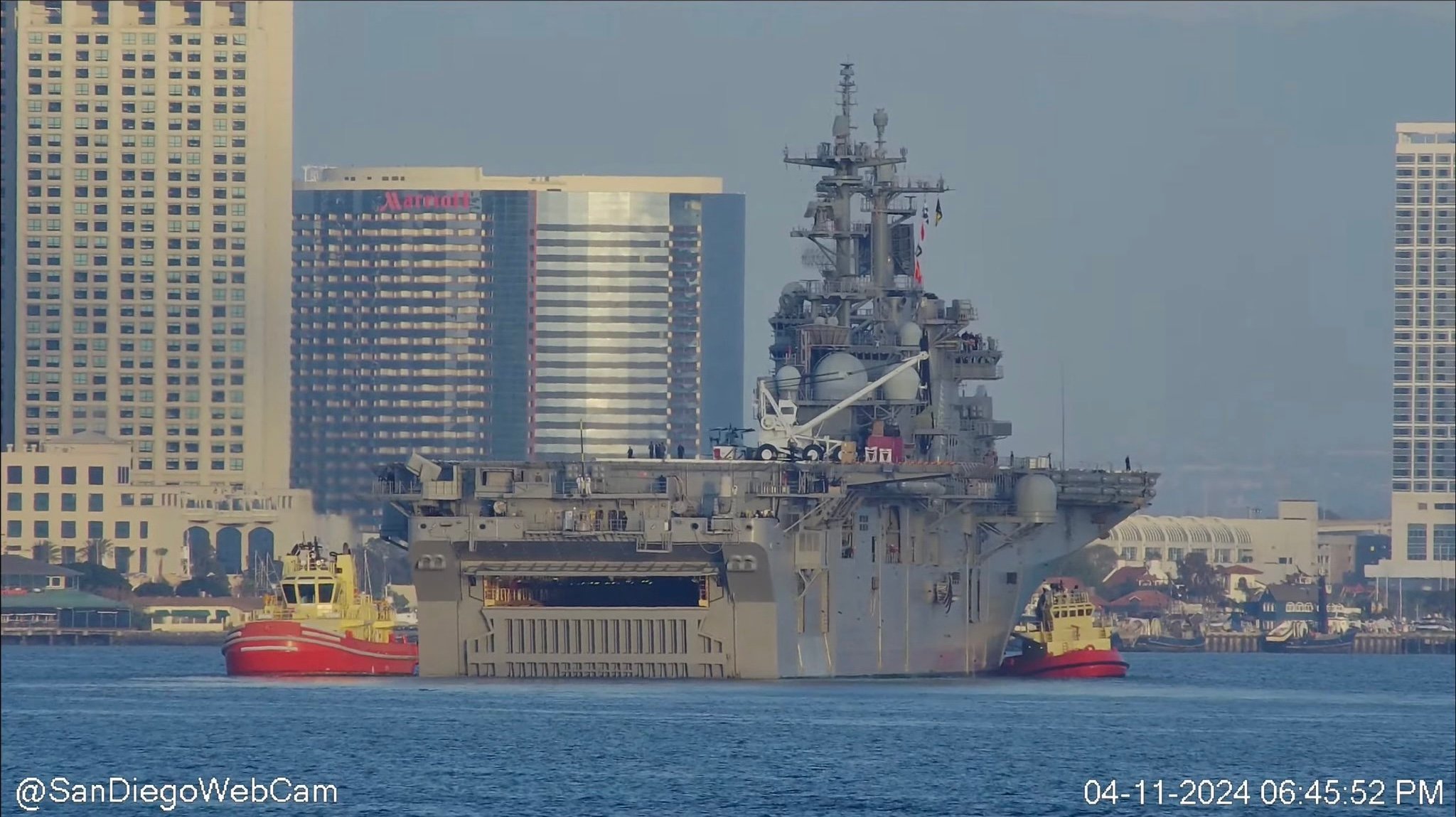
The Navy has modified its small boat operations following the 2018 death of a junior officer who fell from a rigid hull inflatable boat in the Red Sea during a series of high-speed maneuvers, according to a Navy memo obtained by USNI News.
Ens. Sarah Mitchell was killed after she was thrown from a RHIB operating from guided-missile destroyer USS Jason Dunham (DDG-109). She and three others went into the water when the boat’s coxswain was executing a so-called donut turn during a daylight run. Mitchell was struck by the propeller and died after suffering severe head trauma, according to a copy of the command investigation.
Navy Times first reported on the completed investigation last month.
ADVISORY: The following is a redacted version of the command investigation in to the incident and contains graphic details.
The conditions of the death — calm seas and good weather – prompted a look into how the surface community handles small boat operations, which has led to some changes in curricula and training surrounding small boat operations.
Most of the new instructions stress ensuring passengers are aware of how to ride the boats safely and mission planning.
“A tragic and unfortunate series of events led to Ensign Mitchell’s death. While the execution of safe boat operations and incorporation of [plan, brief, execute and debrief process] may have prevented this accident, there are still several inconsistencies in guidelines in our training pipeline that should have been addressed earlier,” wrote U.S. Fleet Forces Command commander Adm. Chris Grady on May 7 in his endorsement to the command investigation.
Ahead of a planned revised small boat manual, the Commander of Naval Surface Forces issued a May memorandum that outlined some changes directly related to the incident that resulted in the death of Mitchell.
The 2018 incident occurred aboard the seven-meter rigid hull inflatable boat Billy Hampton attached to Dunham and operating in the Red Sea.
There were a mix of seven sailors and four midshipmen aboard Billy Hampton on the morning of July 8, 2018.

“Our demeanor was certainly that we were having a good time. We were happy to be off the ship for the first time in a little while, having been underway for a while,” reads a statement from a member of the boat crew whose name was redacted in the report.
“It was the perfect seas to carve up with the RHIB.”
Mitchell and three others rode on the starboard sponson of Billy Hampton during the trip when the coxswain made a hard port turn with the small boat, intending to complete a pivot turn. In a pivot turn, the RHIB rotates 180 degrees around its bow with the stern following along behind.
At some point during the turn, Billy Hampton’s stern rose up and impacted the water’s surface, which in turn launched Mitchell and the three others sitting on the starboard sponson near the bow to be launched into the sea. The rare phenomenon known as “tripping” isn’t part of the small boat curriculum and wasn’t known to the experienced coxswain, according to the investigation. During the confusion, the boat’s propeller struck Mitchell.
Following the incident, the Navy ordered a small boat stand down to assess the readiness of the fleet, and the service subsequently recommend new training regimes

“The commander of Destroyer Squadron 28 completed an investigation July 27, 2018, and took appropriate corrective actions against several personnel assigned to the crew,” reads a statement provided to USNI News from Fleet Forces Command.
“In addition, the Navy implemented several procedural changes to mitigate accidents during high-risk training such as boat operations. Specifically, the surface force conducted a thorough review of training requirements, administration requirements, manning, maintenance, equipment, operations, risk management and culture. The review resulted in improvements to crew qualification standards, training curricula, safety features in the small boats, and administrative processes.”
In May, the Navy released a message with a revision to small boat procedures that address what went wrong during the incident.
They include:
- not treating small boat operations as routine but “frequent evolutions”
- more robust and complete safety briefings for planned RHIB operations
- stressing the use of lifelines and handrails and require the boat crew to advise passengers if sitting on sponsons is safe for the weather conditions
- ensure the small boat would not be operated beyond the skills of the passengers aboard and have plan for man overboard and emergency scenarios
“The surface community has learned from this incident, and we will continue to improve surface force operations to prevent situations like this in the future,” Commander of Naval Surface Force Atlantic Rear Adm. Roy Kitchener said in a statement.
“We owe it to our sailors to keep them safe and ready.”





